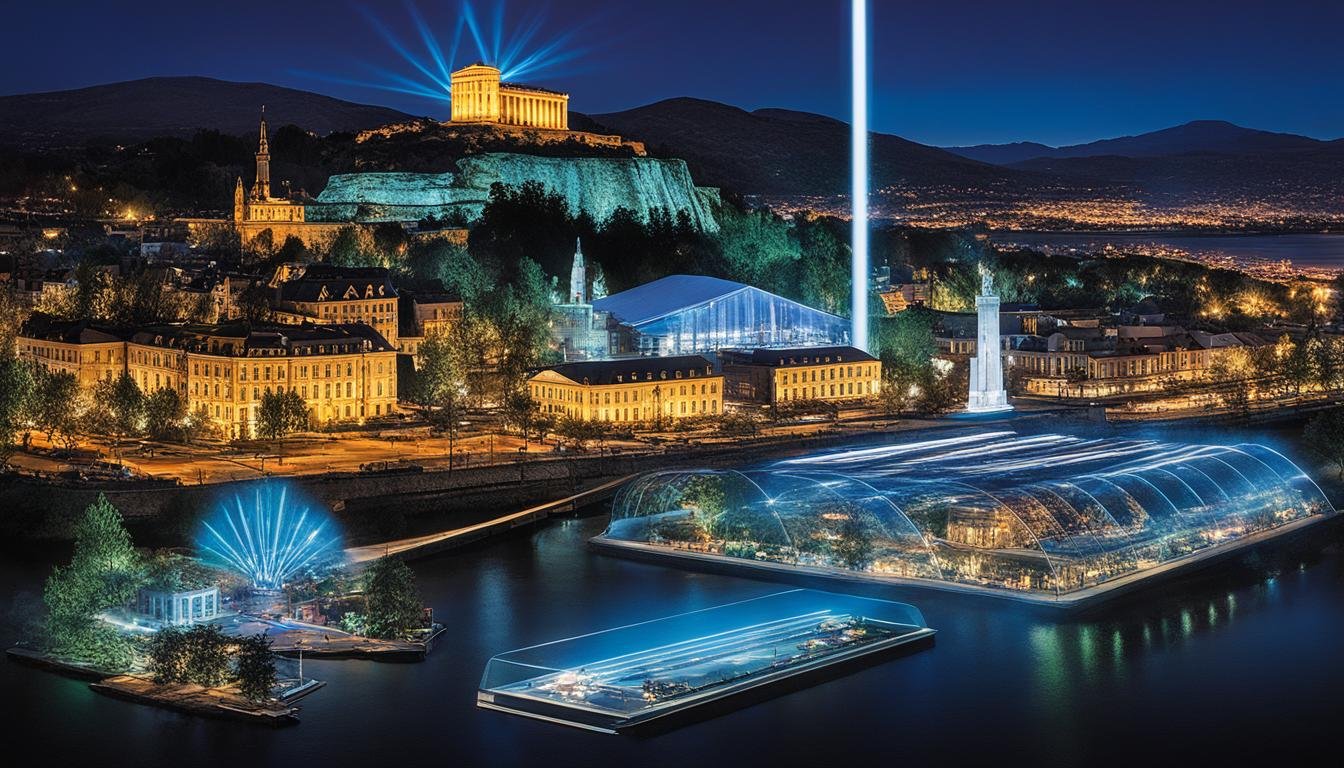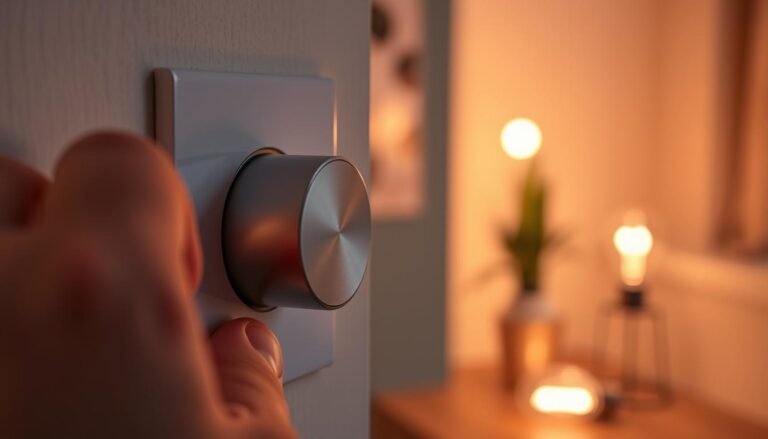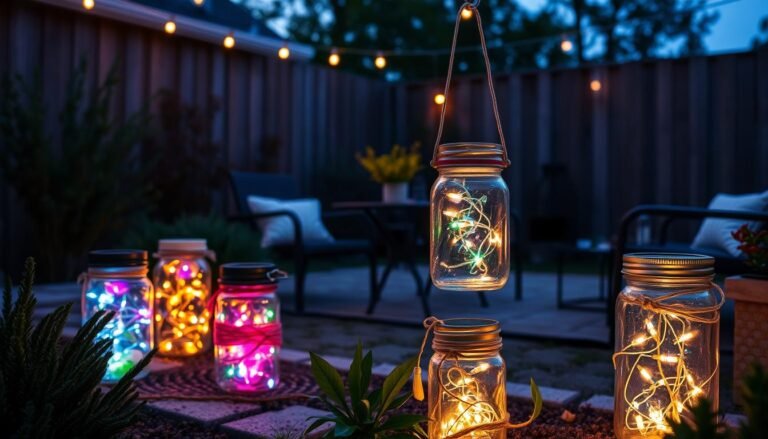Affiliate Disclosure: This post may contain affiliate links. If you make a purchase, we may earn a small commission at no extra cost to you.
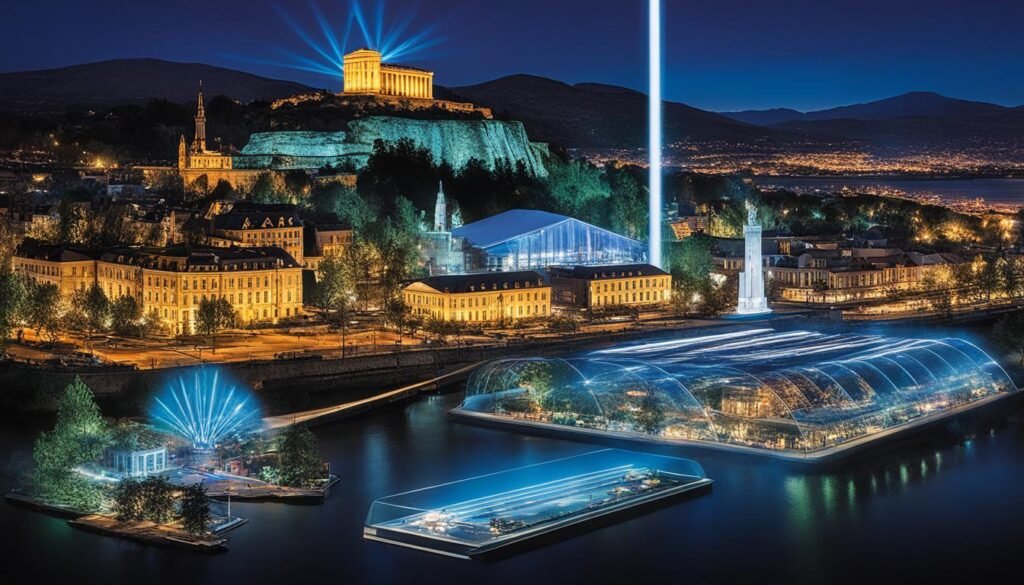
Have you ever thought about how we got the lighting we have now?
Think about moving from the first fires to modern LEDs. This change shows how smart people are and how much we can improve over time.
So, what led us (see what we did there? 🙂 to want better light, and how do these changes improve our spaces?
Let’s learn about the evolution of lighting.
Key Takeaways
- Lighting has evolved from primitive fire and torches to sophisticated LED and smart lighting solutions.
- The quest for better illumination has driven continuous innovation in the lighting industry.
- Advancements in lighting technology have significantly impacted our daily lives, from energy efficiency to human-centric design.
- The future of lighting promises even more sustainable and intelligent solutions that enhance our environment and well-being.
- The lighting journey illuminates the remarkable progress of human creativity and engineering prowess.
Prehistoric Illumination: Harnessing Natural Light
Since ancient times, people have looked for ways to light up their world. They started with fire, using materials like wood and animal fat. This was the first step in creating light from natural sources.
The Birth of Fire
Fire was a huge deal in the history of lighting. People learned to start fires with wood or grass and animal fat. Now they had light they could move around with. This discovery began our journey to control natural light for our needs.
Early Torches and Lamps
After fire, early humans needed light they could take with them. They made torches and lamps from rocks or shells. Inside, they put things that burn. With these, they could move freely in the dark. It was the start of a long story about lighting our way.
The Renaissance of Candlelight
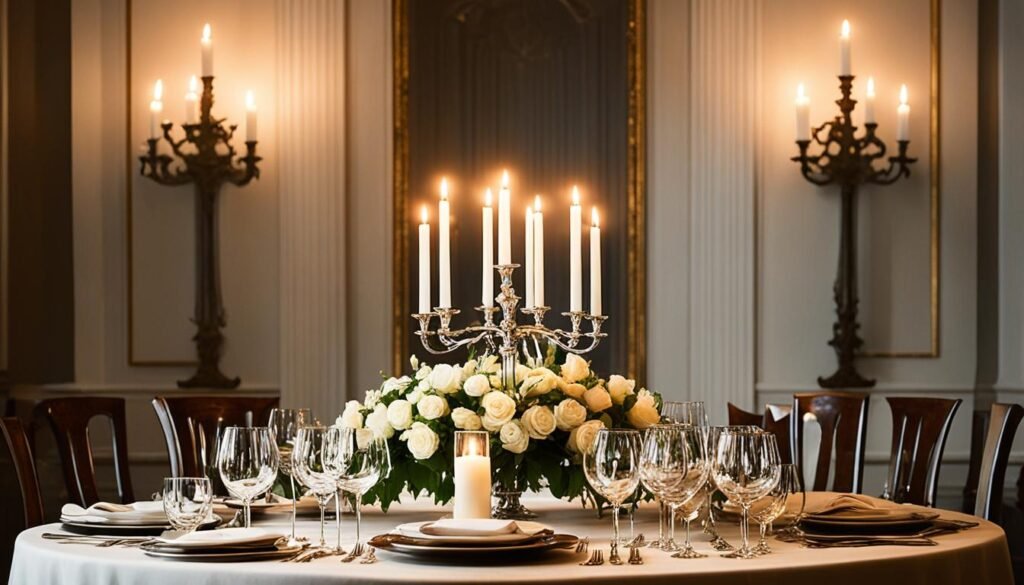
As lighting advanced, candles became a major step in this journey. The creation of the wick was a huge leap. It allowed for better control of the burn and a more even flame. Soon, artists began making beautiful candles, meeting the need for light in homes.
Candle Wicks: A Revolutionary Advancement
The history of light sources shows how important the candle wick was. Before, it was hard to control fires and torches. But with the wick, candles offered steady lighting. They quickly became the go-to for lighting needs.
The Artistry and Craft of Candle Making
The demand for home lighting pushed candle making to new heights. Artisans made detailed and decorative candles. These creations not only lit up homes but also became treasured items. Even today, candlelight remains popular with options like flameless candles.
Lighting With Gas: A Brighter Era
Gas lamps were a big step in artificial illumination development. They first appeared in the late 1700s. These lights used natural gas or propane to burn brighter and more even than candles.
The Invention of Gas Lamps
Gas lamps changed the history of light sources in a big way. They were a key part of lighting technology advancements. This created a progression of lighting systems that was a milestone in lighting innovation. The light they gave was far better than what came before, beginning a new brighter era in lighting.
Gas Lighting in the Home and City
In the 1800s, gas-powered lights quickly outdid traditional candles. First, they lit up city street lights. Then, they became normal for home lighting too. This change was a big deal in lighting revolution eras. It made artificial lighting evolution an essential part of everyday life.
Thomas Edison and the Incandescent Light Bulb
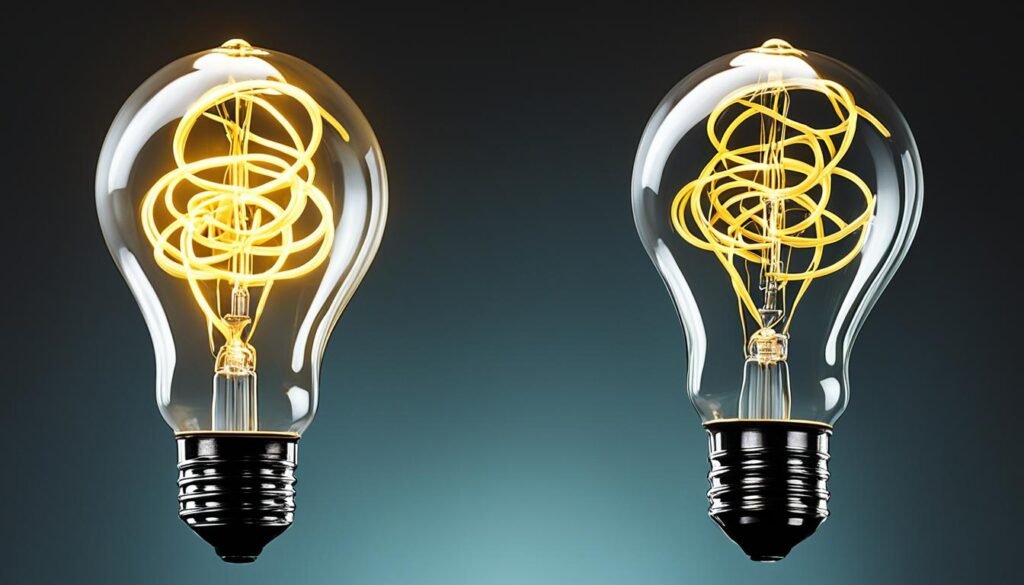
Thomas Edison changed the world. Just when gas lighting was popular, he brought electric light. He didn’t create the light bulb. But, he improved it. This made electric light available for everyone’s home.
The Groundbreaking Design
Edison’s work improved the light bulb. He made important changes to it. This was a big step in making electric light common. So, he helped start the use of electric lights everywhere.
Tungsten Filaments and Improved Efficiency
In 1911, William Coolidge made the light bulb even better. He used a stronger filament that made the bulb last longer and shine brighter. This change was a key moment in improving light technology. It also showed the progress lighting has made over time.
The Fluorescent and Halogen Revolutions
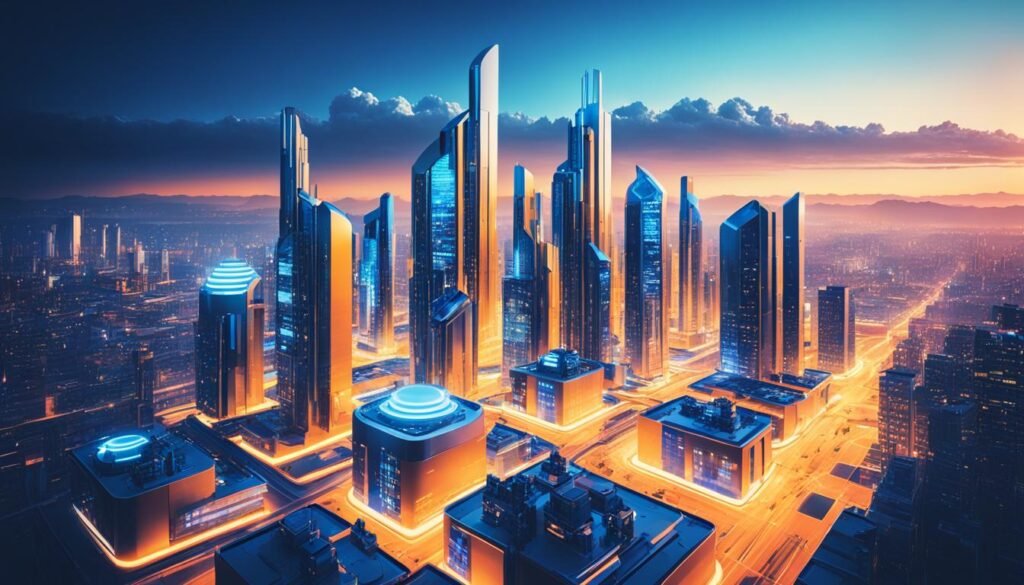
People began caring more about saving energy. So, engineers found a way to use fluorescent lighting at home. Fluorescent lamps hold mercury and have a phosphor coat inside. When electricity flows through the mercury, it makes light. This light then brightens the phosphor to glow. To fit homes better, a GE engineer twisted long tubes into a compact fluorescent lamp (CFL) shape.
In 1956, halogen light bulbs were born. They use a special halogen gas. This gas makes incandescent light bulbs shine brighter and last longer. These lighting technology changes were big steps forward. They led to more milestones in lighting and improvements in artificial light.
evolution of lighting: LEDs and the Future of Illumination
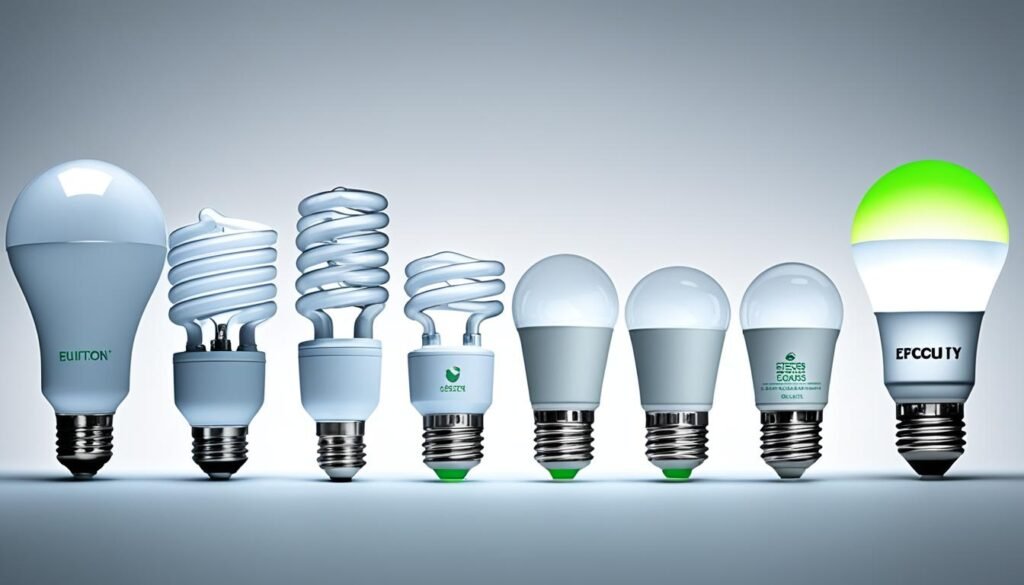
The LED light bulb is the newest thing in lighting. It uses a tiny part called a semiconductor to make light from electricity. This means it doesn’t need a glass bulb around it. LEDs are great because they use less energy, last longer, and give off light that’s as good as or better than old bulbs.
The Rise of LED Technology
LEDs have changed how we think about lighting. They are a better, more earth-friendly choice. They save energy and last a long time. This makes them a smart pick for homes and businesses.
Energy-Efficient and Sustainable Lighting Solutions
LEDs help save energy. They’ve also led to new kinds of lights that are good for the planet. These lights are made to not harm the environment or waste energy. As people look for ways to be green and save energy, the lighting industry keeps coming out with more eco-friendly options.
Smart Lighting and Human-Centric Design
Now, we have smart lighting. It works with other smart technology in your home. It’s designed to help you feel better and be more productive. These lights take into account how light and darkness affect our daily rhythms. They can be set up in ways that suit just you, making your spaces more comfortable and useful.
Conclusion
We started from simple fires to what we have now, like LED lights and smart options. This progress shows how much we’ve worked to make things better for ourselves. In the future, the lighting we use will keep getting better.
We will see improvements in LED lights, which are better for the planet, and lights that are good for our health.
The story of lighting is really about how smart and creative we are. We began by using natural light. Then, we made electric lights such as incandescent bulbs and fluorescent lamps.
Now, with LED lights and smart systems, we’re looking at a more energy-efficient and better-lit future.
We still have a long way to go in making lighting even better. Soon, our lights will work with our homes in smarter ways.
They will also focus on helping us feel and work better.
This journey shows how we keep working to find new, amazing ways to light up and improve our lives.
Check out our FREE Calculators on our Resources Page

